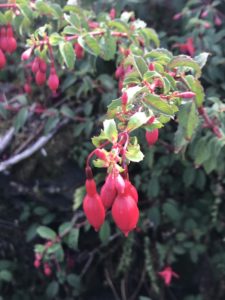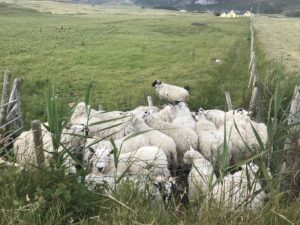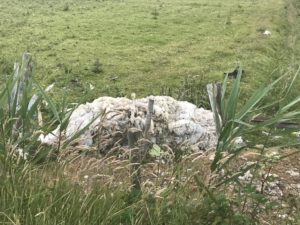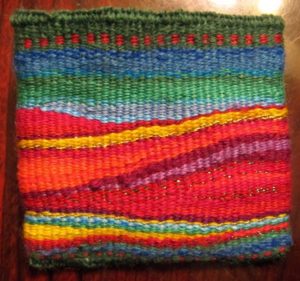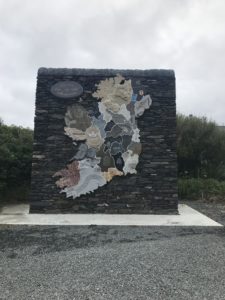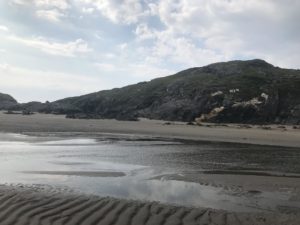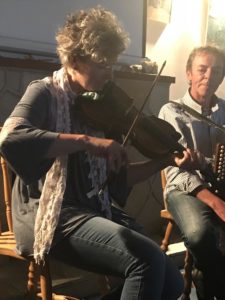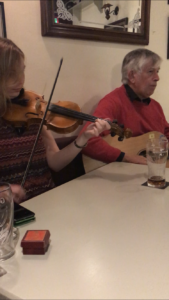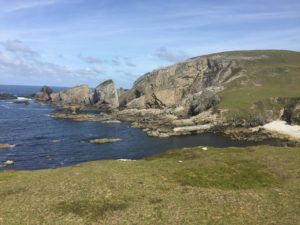It’s hard to believe, but I’m nearing the end of my stay here in Gleann Cholm Cille.
This week has been a little different for me, because I decided to really challenge myself by moving up a level in my language classes. The instructor speaks almost exclusively in Irish. We aren’t even allowed to use dictionaries; instead, the instructor defines vocabulary we don’t know using other Irish words that (hopefully) we do know.
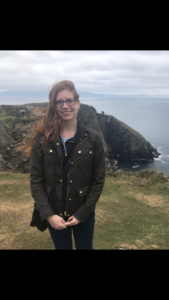
Most of the other members of the class are more advanced than I am, to be honest. But I’ve already noticed my speaking ability improving. My classmates are incredibly dedicated to learning, and they really encourage my own efforts.
It has been exciting to compare my current abilities with my language fluency back when I first arrived in Gleann Cholm Cille. I am still by no means fluent, but I can respond to basic questions in Irish much more naturally and quickly than before. One of the most challenging parts of learning Irish, in my opinion, is the simple act of saying “yes” and “no.” There are no general words for “yes” and “no” in the Irish language; instead, you answer a question with the positive or negative form of the verb contained in the question. For example, if someone asks you, “An éisteann tú leis an radió?” (Do you listen to the radio?), the response should either be “Éisteann” (listen) or “Ní éisteann” (do not listen). Such a structure comes naturally to a native speaker, but when you are first learning the language it can be difficult to do the mental work of identifying the verb in question, putting that verb into its positive or negative form, and then using it in the correct tense. Constant daily practice has greatly improved my ability to respond to these types of questions, however, at least with the more commonly used verbs.
Overall, I have had a wonderful time in Gleann Cholm Cille. As I said in my first post, I have been so inspired by my fellow students. They all have different reasons for coming here, but everyone is dedicated to the language and passionate about its continued survival. I look forward to coming back to class at Notre Dame as a more fluent speaker and to continuing my involvement in the Irish-language community beyond graduation!






